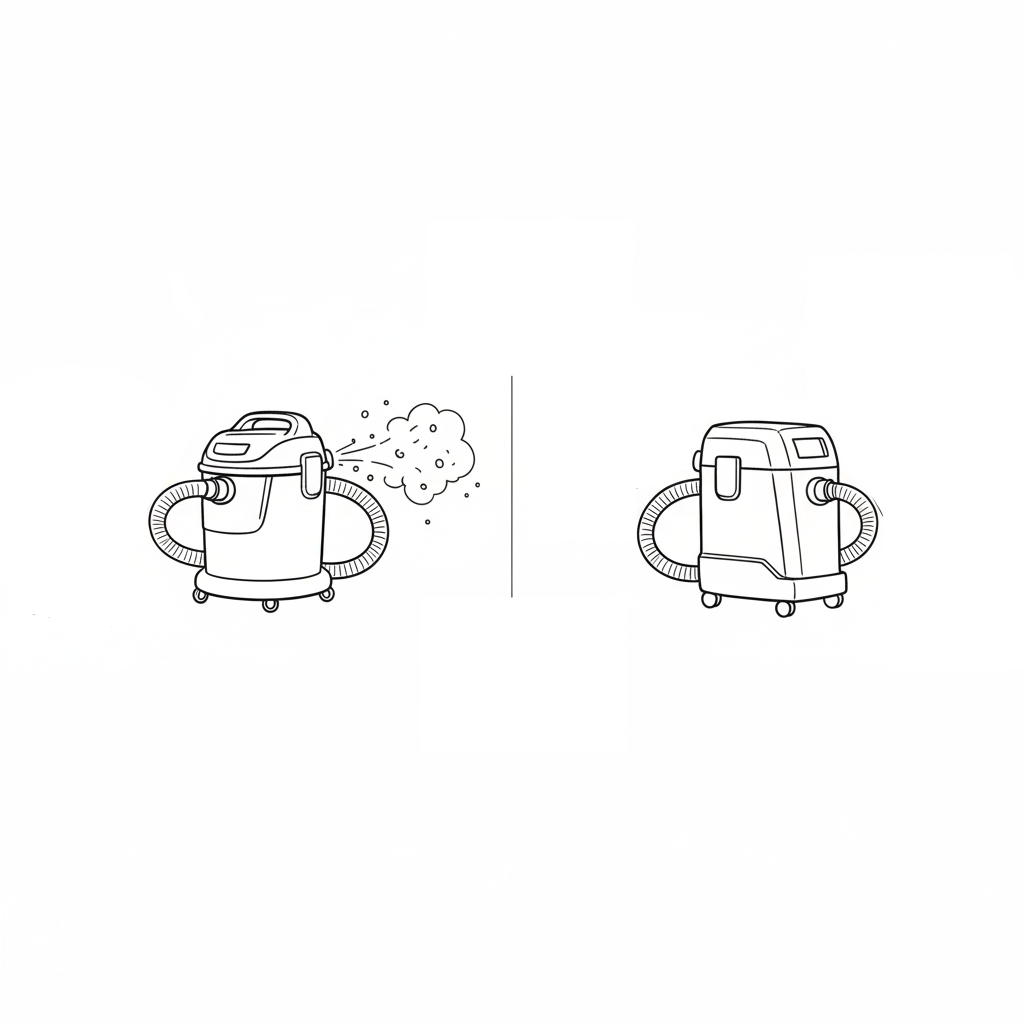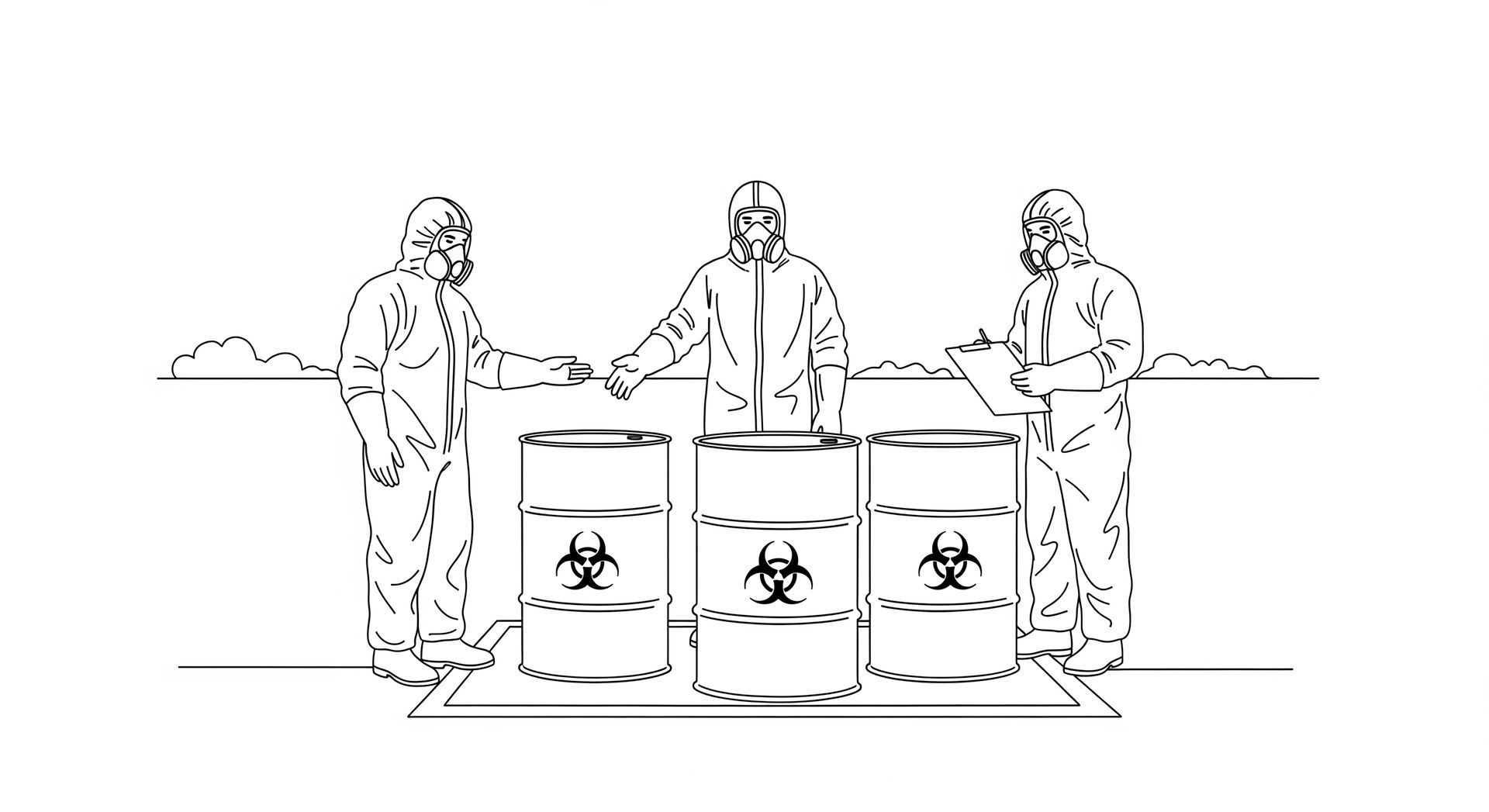Written Respiratory Protection Program Basics
If workers need to wear a respirator for safety, the employer is required by Cal/OSHA §5144(c) to have a written respiratory protection program. In an OSHA inspection or a workers’ compensation claim where work-relatedness is disputed, investigators will typically request the written respiratory protection program early in the process. However, a written program is not just a compliance document. It serves three practical purposes:
– Ensures respiratory hazards are accurately identified
– Identifies the correct type of respiratory protection required for the hazard
– Establishes clear, consistent rules for respirator use, maintenance, and storage
Without a clear written program, respirator use tends to devolve into informal, inconsistent practices that are poorly supervised and vulnerable to compliance failures.
Common Problems with Respiratory Protection Programs
In practice, we see two recurring issues:
– Generic templates that are not meaningfully customized. These are often downloaded online, AI-generated, or provided as a free “value add” by a vendor. They do not reflect the company’s actual hazards, equipment, or work practices.
– Overly long programs that no one reads or uses.
These programs are often not properly customized either. Even when they are, they tend to be so dense that supervisors and employees cannot reasonably understand or follow them in day-to-day operations.
A compliant respiratory protection program must be both accurate
and usable.
Required Elements of a Respiratory Protection Program
Below are the core components Cal/OSHA expects to see in a compliant program.
1. Responsibilities
– Who will oversee the program and what will their specific duties be?
– How often will the program be reviewed for effectiveness, and what does that process involve?
2. Hazards and Controls
Note: This is often the most complex part of the program and is where many DIY programs fall short.
– What airborne contaminants are employees exposed to? This may require research, process review, and in some cases air monitoring.
– What efforts have been made to eliminate or reduce the hazard using the hierarchy of controls? Employers are legally required to make a good-faith effort to reduce hazards before relying on respirators.
– Based on the hazard and exposure level, what type of respiratory protection is appropriate? This should be specific: brands, models, part numbers.
3. Usage
– When do employees need to use the respirators?
– How should the employees don (put on) and doff (remove) the respirators? Consider how this will work with other protective equipment the worker may be wearing.
– Facial hair requirements for respirator use.
4. Equipment
– How are respirators stored, cleaned, maintained, and replaced?
– What inspection procedures are required?
– If the respirator uses filters and/or cartridges, when must they be changed?
– If full-face respirators are used, how are prescription lens inserts provided for employees that use glasses?
5. Medical Evaluations
– What methods will be used for medically clearing employees for respirator use?
– How are medical restrictions handled? Larger organizations may need a formal procedure, while smaller employers may manage this case by case.
6. Training
– What methods will be used to provide employee training? Employees must be provided training on safe use of the respirator (including what it is and isn't effective against, how to care for and maintain the respirator, and how to use it correctly).
7. Fit Testing
– What methods will be used for fit testing the respirators?
– Employees required to wear a tight-fitting respirator must be fit tested on the specific size, make, and model of mask they will be using at work. For half face respirators, either a qualitative or quantitative fit test method may be used. Most full face respirator usage will required quantitative fit testing.
Every workplace will have different needs, but these elements form the basics for a complaint respirator program. If you need additional help creating a written respirator program, or reviewing a program you have created, contact us.




